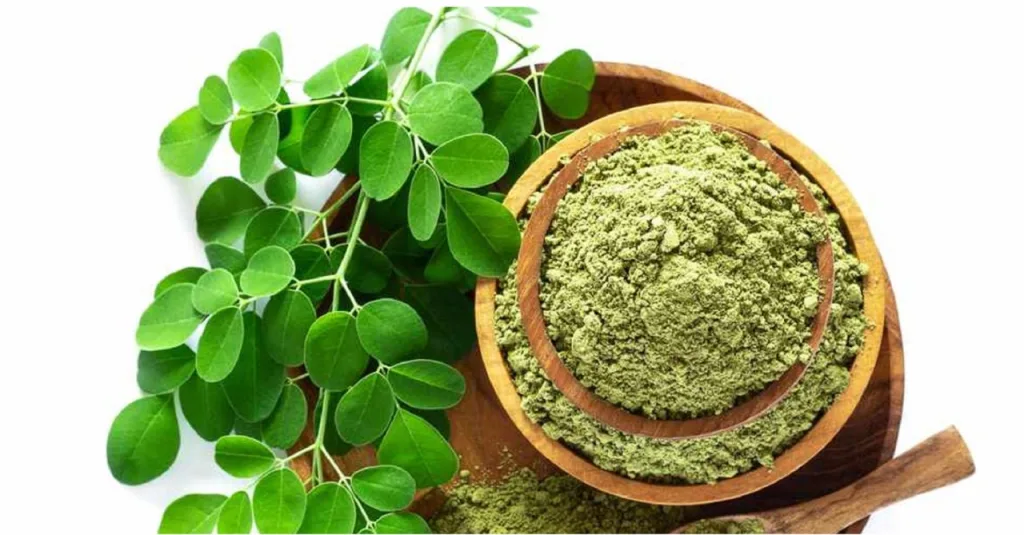The Moringa tree, according to Atli Arnarson (2023), is a plant that can offer health benefits, including reducing the risk of certain health conditions like high blood pressure. Over the years, the plants have been known for their health benefits. Moringa trees grow easily from seeds or cuttings and blooms in eight months after planting, even in poor soil.
Planting and care of Moringa tree
Moringa tree is often grown in northern India and subtropical regions of Africa, Asia, and Latin America and tends to grow quickly from cuttings and seeds. It has a unique root system that comprises taproot and many smaller feeder roots. Moringa tree could also be grown as specimen trees or a thick hedge.
Some other names that Moringa tree can be called
Moringa tree, also known as the drumstick tree, horseradish tree, or ben oil tree, is a drought-resistant tree used in traditional medicine and as a food source. It is high in vitamins A, B1, B2, B3, and rich in calcium, potassium, iron, magnesium, and phosphorus as well as low in fat and is cholesterol-free.
Benefits of Moringa tree
An agricultural reporter, Oluwatoba Alex, said the benefits of Moringa tree include being:
1. Rich in antioxidants and the ability to reduce blood sugar levels. According to him, high blood sugar is a serious health problem and can result in what is called diabetes, hence the need to keep our blood sugar within healthy limits.
2. The African Moringa Hub (2019), explains that the leaves, seeds and pods of the tree can be edible, as is usually used in cooking.
3. It could also be used in treating various ailments such as skin and hair problems.
4. The seeds can also be used in purifying water.
More benefits of Moringa tree include
5. Supporting heart health.
6. Assisting in digestion.
7. Potentially reducing inflammation.
8. Promoting brain health.
9. Enhancing eye health.
10. Boosting the immune system.

Methods of planting Moringa tree
During the planting of this tree by farmers, the cutting is placed in the hole and filled with a mixture of soil, sand and moss.
The cutting is then covered with the mixture and allowed to grow for a few weeks. Lorin Nielsen (2022) in the piece, ‘Growing Moringa: The Majestic Tree’, explained that the trees can be grown in the ground, but could emerge with cultivation in containers with its plants and saplings protected from harsh winds and stormy weather.
She further added that Moringa trees have a deep tap root system, which indicates they need more space to stretch out their roots in the soil, as the trees generally prefer loamy or sandy soil, which is very important for farmers to take note before plantation. During plantation, the trees equally need exposure to full-sun year round. However, when the tree is large enough, it can be cut down and then planted on the ground.
Uses of Moringa tree: Expert advice to farmers
Deji Adeleke of “Plush Organics”, has urged farmers to secure their farmlands against invasion by herdsmen whereby flocks can feed on the plantations.
Conclusion
Moringa tree is a miraculous gift that offers numerous health benefits and agricultural advantages. Its high nutritional value, drought resistance, and ease of growth make it a valuable addition to a healthy lifestyle and a great option for farmers.
FAQs
How to prepare Moringa leaves for drinking?
To prepare Moringa leaves for consumption, you can simply dry and grind them into a powder. This powder can be mixed with water or added to smoothies for easy ingestion. Moringa powder is made by drying and grinding the leaves of the tree. It is an efficient way to enjoy the benefits of Moringa in a concentrated form.
What are the side effects of taking Moringa?
Generally considered safe with no known side effects, it is wise to consult with a healthcare professional before using Moringa as treatment.
What does Moringa tree do for you?
Moringa tree, especially when it has being processed into powder form, helps in reducing inflammation, boosting energy levels, and supporting heart health.



